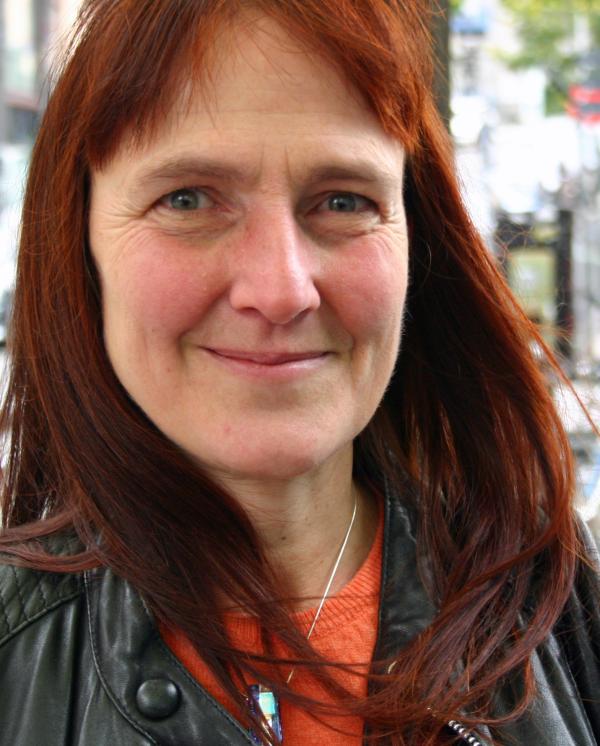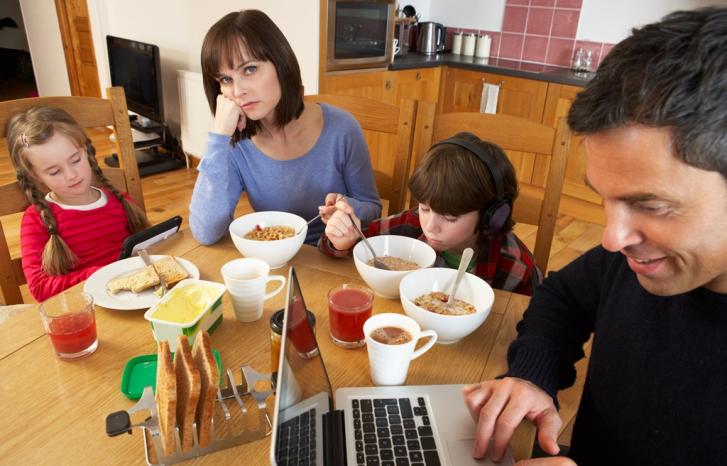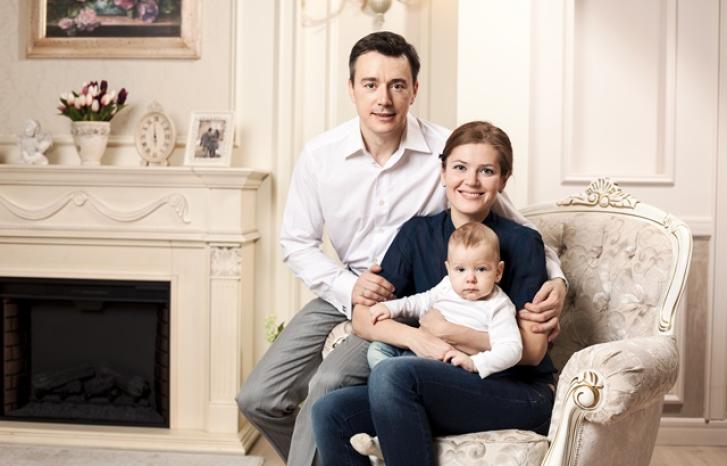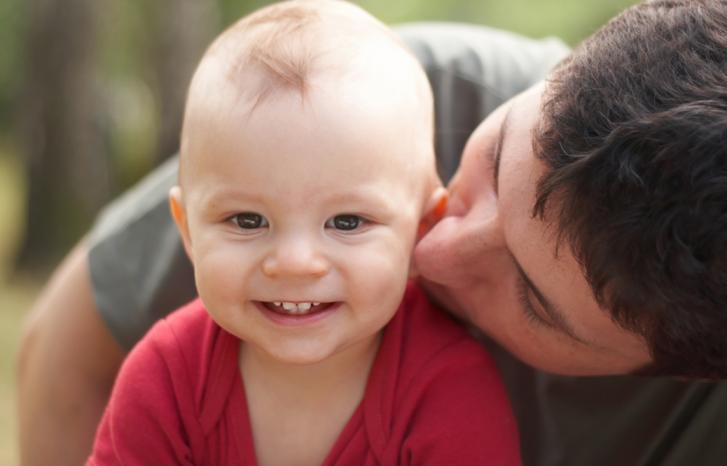16 couples with children participated in sociologist Erik Grønseth’s radical action research project “The Work-Sharing Couples Project” ( “Ektefelledelt arbeidsliv”) in the 1970s.
Based on the notion that gender equality depends on how the work life is organised, both spouses were to work part time and do their equal share of housework and child care in the home. The goal was to help women enter the labour market, and for men to work less.
Apart from a few couples who wished that they had considered the financial consequences of part-time work more thoroughly before joining the project, the responses from the overall majority of the couples showed that the consequences of part-time work were less stress and more love.
They experienced an increase in life quality when they divided the work equally. 30 years after, only three of the couples are divorced, which is lower than the average divorce rate.
Their sons, however, who are married with children today, have not followed their parents’ radical example of labour division.
No intergenerational transmission
“Grønseth’s project was unique because he made restrictions on paid labour in order to achieve gender equality,” says sociologist and male researcher Margunn Bjørnholt.
“But there is no intergenerational transmission from father to son here. To the sons of these couples – like other young men today – it is natural to work full time or even a bit more. It is not up for discussion.”
During a period of ten years, Bjørnholt has interviewed fourteen of the original couples from Grønseth’s 1970s project, and a total of seven of their sons. The sons who were interviewed by Bjørnholt were – at the time of the interview - at the same stage in life as their parents were in the 1970s. Since men were the driving force in the original project, Bjørnholt has kept the focus on men in her research.
Her PhD thesis Modern Men consists of five of her many published articles.
“The dads in the project were unique, even at that time. And seven sons is a small selection. How much can you generalise from a study like this?”
“This is a small, qualitative study. But I have access to almost all the original material from 30 years ago. This is unique. One of the strengths of longitudinal studies of a few families like this is that it shows societal changes through a close analysis of the interaction between the individual and the historical and societal context.”
Not quite, but almost equal
The sons who were interviewed by Bjørnholt live in modern heterosexual families where both partners have paid work, and they share the work at home. They are committed fathers who take care of the children and participate in the domestic work.
In the 70s, the fathers made active choices and actions in order to achieve equality. Their sons take equality for granted.
But they are not fully equal.
“He works full time or more, and he carries a slightly bigger financial responsibility. The wives carry an equally slightly bigger responsibility for the family,” says Bjørnholt.
When time is limited, the families look for private solutions. And the woman ends up working part-time.
“The slightly gendered labour division today is not as obviously unfair as it was in the 70s, when there were neither kindergartens nor long parental leave,” says Bjørnholt.
“Today people don’t necessarily consider the gender differences as a problem that has to be dealt with. People adjust to what is practical and possible. It takes a researcher to point out the gendered patterns. Most families make the same choice – the woman works less.”
Bjørnholt emphasises that this may also be due to factors outside the family.
“The terms are not as good for women as for men in the labour marked. Men normally have more flexibility and they earn more. The labour market is characterised by major players and structures that can be difficult to change.”
“There are limits to what internal rearrangements within the family may affect.”
Less power to the man
Bjørnholt can also see a power shift in the sons’ families. The sons do not possess the same power as their fathers did in the 70s.
Among the 16 couples in Grønseth’s project, it was mostly the men who first wanted to participate. In some cases, the woman had to be persuaded.
“One of the women wanted to be a housewife while he insisted that he wanted an equal family,” says Bjørnholt.
Their sons don’t seem to have the same impact.
“The families may look old-fashioned when you see them from the outside. He works more, while she takes more care of the family. But when you look at how these arrangements come to be, it becomes clear that her say is important; she has a lot of impact on how family life is organised.”
Among the participants from the 70’s generation, several of the women wanted another child, but the men said no. Their sons, on the other hand, have the exact number of children that their wives wanted.

They accept it
Bjørnholt interviewed one son who wanted to copy his family’s radical equality model. But he married someone with other ideals.
“She wanted a more traditional labour division, and her family ideal won through. He accepted it,” says Bjørnholt.
She was a Christian and he was an atheist. He nevertheless sang in a Christian choir, where the whole family were members. He made room for her project.
He accepted it although it made him uncomfortable.
“It is easy to conclude that families like these are unequal if all you see from the outside is that she works part-time. However, it is obvious that men no longer have the same power in the family as they used to,” says Bjørnholt.
See also: Mum takes more responsibility for the children, even in gender equal couples
Active fathers, passive sons
According to Bjørnholt, the fathers from the 70s belong to an active generation.
“Their generation had an enormous impact on posterity. They cleared the way for many of the changes we take for granted today.”
The conditions were perfect if you wanted to be a different kind of man in the 70s. The attempt to become a gender equal man was a radical project of change.
“Since the 1950s, Grønseth and other family researchers had criticised the role of the male provider and the family model of the time. Women were already entering the labour market. What they criticised was already crumbling,” says Bjørnholt.
Yet it was not only the sign of the times that made the men in Grønseth’s study want to take part in his project. They also shared some experiences that had a motivating effect on them.
“Many had grown up with and identified with strong, double working mothers, and they either had sick parents or they had lost a parent early in life. They had had more responsibility for house work and care than what was normal at the time,” says Bjørnholt.
“Their sons don’t have this additional personal experience, as they have grown up in well-run gender equal families.”
In many ways, the modern sons are freer than their fathers. They take gender equality for granted – they inherited it from the previous generation. The fact that the wife works part-time in order to arrange their family life is her own choice. It doesn’t affect his identity as a modern, gender equal man.
But at the same time, Bjørnholt describes these sons as belonging to a passive generation.
“While the inheritance from the 70s makes them more free, perhaps it also hinders the opportunity to exceed everything that is taken for granted,” says Bjørnholt.
“Today, a gender equal man is just a normal man, nothing more.”
Change the family, not the labour market
In Grønseth’s project with the parents, the point was to make restrictions on the work life in order to make room for the family. Grønseth’s worst-case scenario would be that women started to work as much as men, and that the children had to be placed in kindergarten as a consequence. He called kindergartens “emotionally short-handed institutions”.
Grønseth did not represent the dominating trend, however. His project represented the opposite of what most people considered ideal.
“In the 70s, the focus of the equality project was to have women enter the labour market and to develop welfare benefits for the family,” says Bjørnholt.
According to her, the policy has continued in the same track.
“Equality policy is limited to family policy. One reason for this might be that it is easier for the politicians to make changes in the parental leave system than to challenge the labour market.”
Not only dad, but partner as well
Another change that has taken place since the 1970s is the focus on men as supportive partners.
“In the 70s-project, it was important to the dads to be supportive partners within the relationship. They wished to encourage their wives in their careers. Her individual development was important to them,” says Bjørnholt.
She calls it a “partner oriented masculinity”. The arena for change was the two adults and their relationship.
This topic was not a big issue among the sons who were interviewed.
“Today the exclusive father-and-child relationship is regarded as the main concern when we are looking to change the gender relations. Men’s responsibility is mainly about being a good dad. It would have been interesting to hear more about how men can support their partners within the relationship and how they can encourage their partners’ careers.”
“Do women support to their partners enough already?”
“That goes beyond what I have studied, I have only looked at the men. But the researcher Anna G. Jónasdóttir has developed some theories on this aspect. According to her, men receive more than they give in the heterosexual love relationship, whereas women give more than they receive. Consequently, the surplus energy from the relationship strengthens men’s position in society. From this perspective we can imagine that the men in the project from the 70s actively abstained from male privileges within the relationship.”
According to Bjørnholt the potential for achieving change by focusing on men as fathers is limited today, since the caring man has become norm.
“Men have to take more responsibility for the entire work-family adjustment in order to achieve further change. The families have changed since the 1970s. A lot less has happened in the labour market.”
Translated by Cathinka Dahl Hambro.
Margunn Bjørnholt is a senior researcher and Director of Policy & Social Research.
She recently defended her PhD thesis Modern Men: A Norwegian 30-year Longitudinal Study of Intergenerational Transmission and Social Change at Örebro University.
Bjørnholt’s thesis is based on her follow-up study of Erik Grønseth’s action research project The Work-Sharing Couples Project (“Ektefelledelt arbeidsliv”) which was carried out between 1970 and 1975.
During a period of ten years, Bjørnholt has published more than ten scientific articles based on her follow-up study.
14 of the 16 original couples from Grønseth’s study were interviewed in 2005 and in 2006. Seven of their sons were interviewed in 2007.



